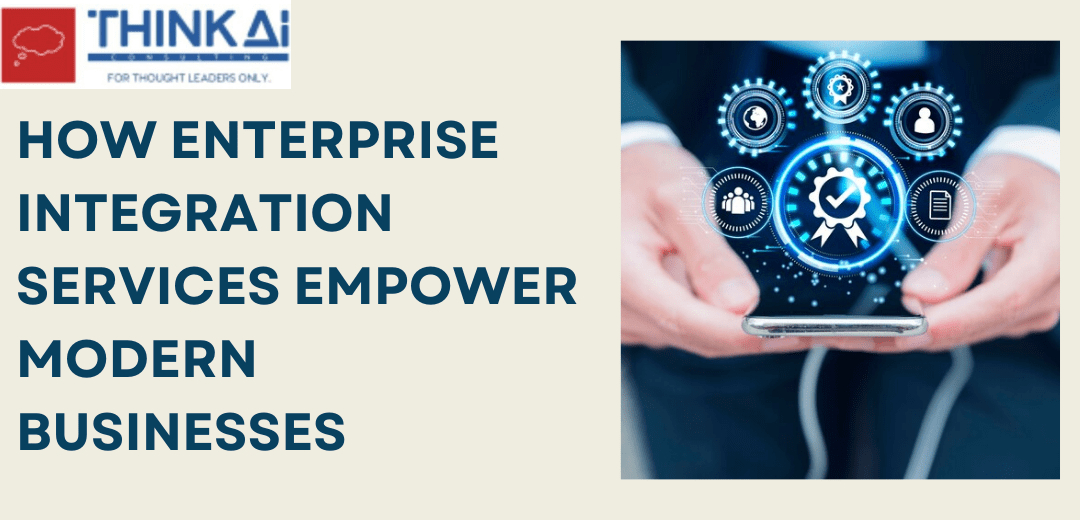The field of blockchain technology and cryptocurrencies is developing at a startling rate. The convergence of Web3 with decentralized finance (DeFi) on the Ethereum platform is one of the biggest recent advances. A wider range of opportunities in the decentralized environment is now possible because of this fusion, which constitutes a paradigm change that extends beyond conventional financial applications.
We’ll examine this junction in detail in this blog post and see how Ethereum Blockchain Development leads this revolutionary movement. We will go over the fundamental ideas of DeFi and Web3, how they overlap, and how this combination is changing the financial scene. You’ll know exactly what the Ethereum ecosystem’s applications are for outside finance by the time you finish reading this essay.
Understanding DeFi
It is essential to grasp each of these ideas separately before we can fully realize the junction between DeFi and Web3.
The phrase “decentralized finance,” or “DeFi,” describes a wide range of financial services and apps based on blockchain technology. DeFi functions without the need for middlemen like banks and other financial organizations, in contrast to conventional financial systems. Smart contracts and decentralized protocols instead manage lending, borrowing, trading, and other financial operations.
Key DeFi Components:
- Lending and Borrowing: Using Ethereum Application Development and platforms, individuals may either lend money and receive interest or borrow money and give collateral for it. DeFi lending platforms like Compound and Aave are well-known.
- Decentralized Exchanges (DEXs): Exchanges that allow users to trade cryptocurrencies directly with one another without the need for a centralized exchange are known as decentralized exchanges or DEXs. Prime examples are Uniswap and SushiSwap.
- Yield farming: In return for rewards, liquidity providers supply decentralized exchanges or lending platforms. Tokens are awarded to users as rewards for taking part in these liquidity pools.
- Stablecoins: Frequently linked to conventional fiat currencies, stablecoins are virtual assets that keep a consistent value. Stablecoins like DAI and USDC are utilized in DeFi.
Understanding Web3
Another ground-breaking idea that is essential to the Ethereum ecosystem is Web3.
The decentralized internet of Web3 gives people more control over their digital identities and data. Web3, based on blockchain and decentralized technology and offers improved privacy, security, and user empowerment, differs from the present Web2, which mostly depends on centralized platforms and intermediaries.
Key Web3 Components:
- Blockchain Technology: To allow decentralized apps (dApps) and smart contracts that operate without middlemen, Web3 depends on blockchain networks such as Ethereum.
- Self-Sovereign Identity: By enabling individuals to own and control their digital identities fully, Web3 helps users become less reliant on centralized identity suppliers.
- Decentralized Data Storage: Web3 improves data availability and privacy by using decentralized storage systems like IPFS instead of centralized servers.
- User-Centric Platforms: To lessen the clout and influence of tech giants, Web3 seeks to develop platforms that give users control and privacy over data a top priority.
The Intersection of DeFi and Web3 on Ethereum
Now that we have understood Web3 and DeFi separately, let’s investigate how these revolutionary ideas interact with the Ethereum platform. These are essential aspects to consider if you want to hire Ethereum developers to develop DeFi applications.
1. Financial Services Without Trust
The Web3 framework can provide trustless financial services thanks to Ethereum’s smart contract features. DeFi protocols on Ethereum use smart contracts to automate financial transactions, eliminating the need for conventional financial middlemen. The Web3 ideal of decentralization and user empowerment aligns well with this trustless ecosystem.
2. Non-permissive and Open
Anyone with an internet connection may join DeFi on Ethereum as it is open and permissionless. This is consistent with Web3’s guiding values, which support diversity and open access. DeFi services are accessible to users without requiring permission from a middleman, which makes the system genuinely decentralized.
3. Decentralized Identity and Control
Web3 emphasizes decentralized identification, and Ethereum’s DeFi lets users take part while keeping ownership of their assets. Users can use their completely controlled Ethereum wallets to engage with DeFi protocols. The fundamental component of both DeFi and Web3 is this user-centric methodology.
4. Compatibility
Interoperability is facilitated by Ethereum’s adaptability in supporting different DeFi protocols and dApps. Users may easily engage with many dApps and transition between different DeFi services without losing their identity or possessions. This compatibility is consistent with the Web3 concept of a seamless, networked digital environment.
5. Decentralized Autonomous Organizations (DAOs)
DAOs are frequently used by DeFi initiatives to decide on protocol updates and governance as a group. These DAOs are an excellent illustration of how Web3 concepts are used in the DeFi ecosystem. Decentralized voting is used to make decisions, and users as a group control the protocol’s course.
Beyond Finance: Non-Financial Use Cases
Although financial applications are the main reason for the convergence of DeFi and Web3 on Ethereum, the consequences of this synergy are not limited to money.
1. Digital Art and NFTs
Within the Ethereum ecosystem, non-fungible tokens (NFTs) have become extremely popular, allowing artists to tokenize and market their digital works. In the NFT realm, Web3 principles—such as decentralized ownership and control—play a big part in enabling artists to keep ownership and control over their digital goods.
2. Decentralized Autonomous Organizations (DAOs)
DAOs are useful in areas other than financial, such as community governance, content curation, and decision-making across a range of industries. These groups reflect a move toward community-driven and decentralized administration, consistent with Web3’s mission.
3. Supply Chain and Provenance
Provenance tracking and supply chain management can benefit from the use of DeFi principles and the transparency and immutability of blockchain technology. This increases openness and confidence in the provenance and background of goods, facilitating better customer decision-making.
4. Gaming and Virtual Worlds
In virtual worlds and gaming, Web3 concepts allow users to own in-game property. Through NFTs, decentralized ownership, and interoperability, gamers may use, trade, and sell in-game things in various virtual worlds.
Conclusion
The convergence of Web3 and DeFi on Ethereum signifies a revolutionary step from conventional banking. The concepts of user empowerment, trustless financial services, and decentralization are combined in this confluence. Although there are legitimate difficulties and worries, there are also significant possible advantages.
The combination of DeFi and Web3, together with Ethereum’s ongoing evolution and resolution of its scaling difficulties, has the potential to revolutionize several sectors outside of finance, including supply chain, governance, and the arts and gaming. People will have more influence over their digital lives in a more decentralized and user-centric digital future if the wider potential of this junction is fully embraced.










